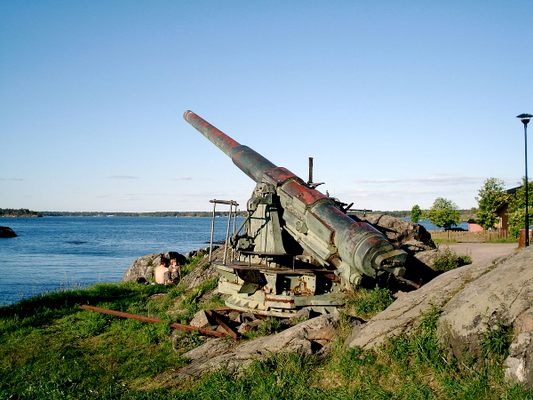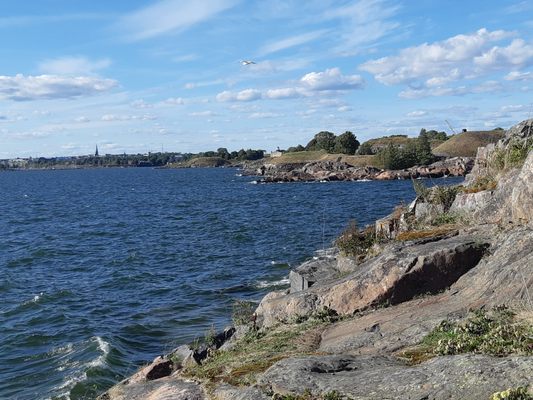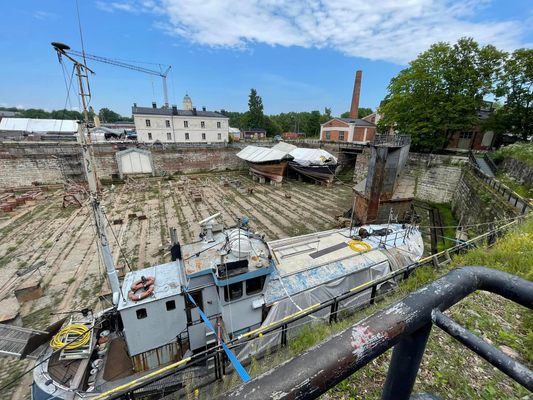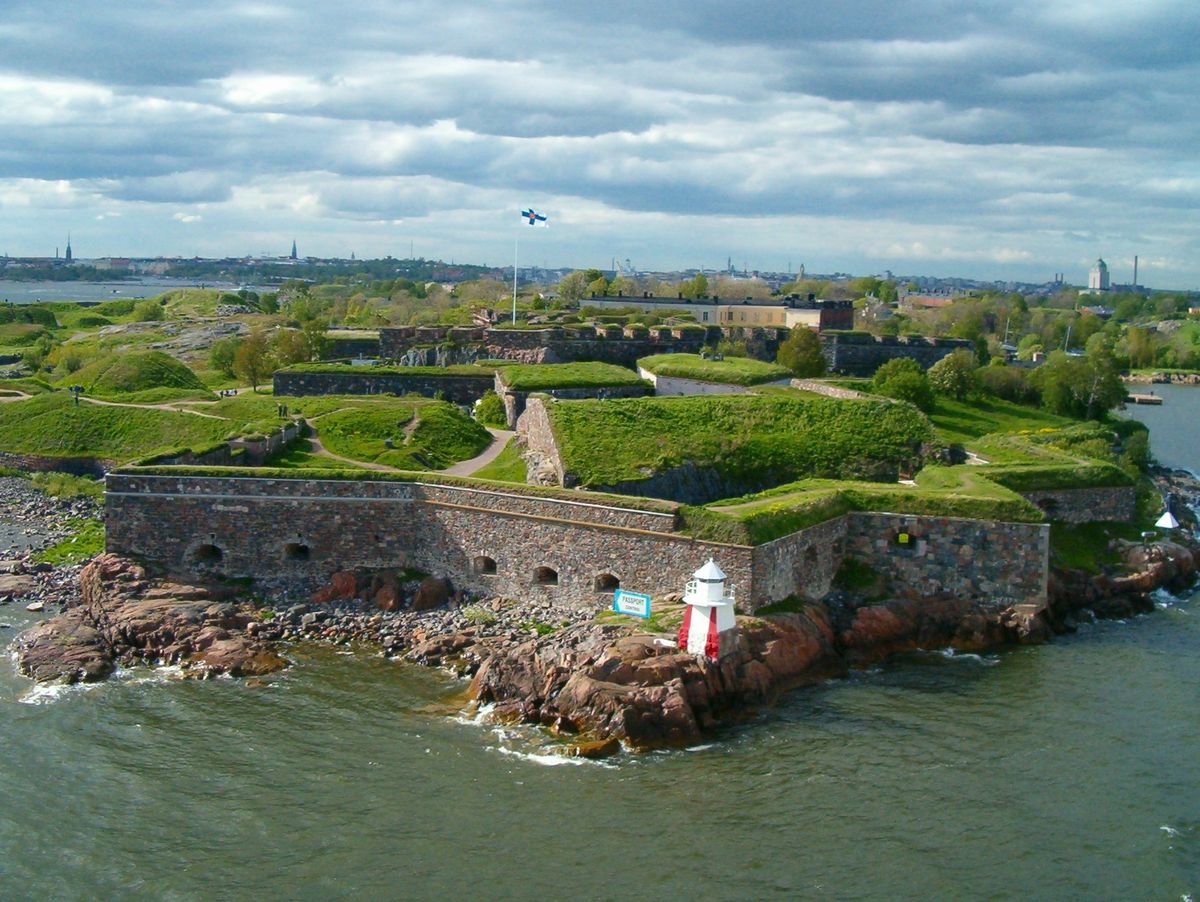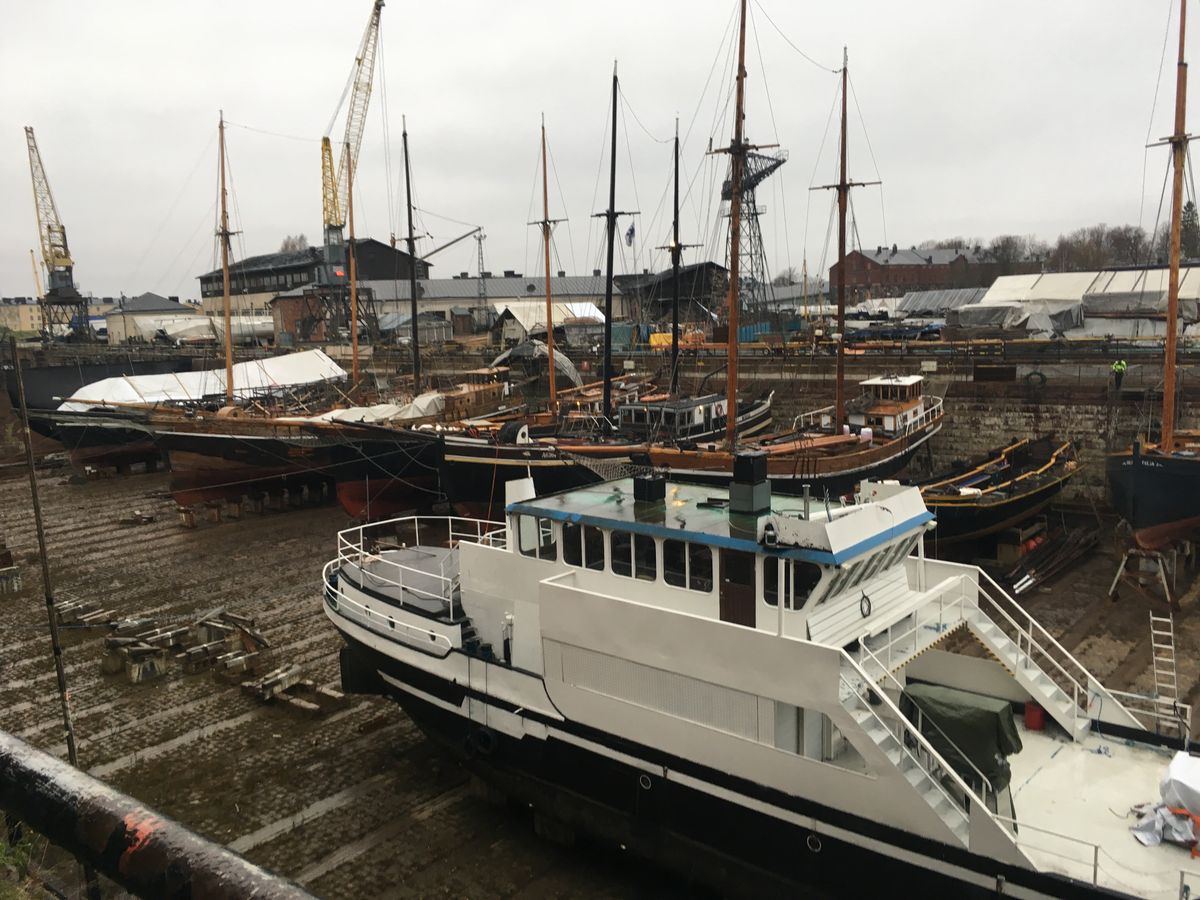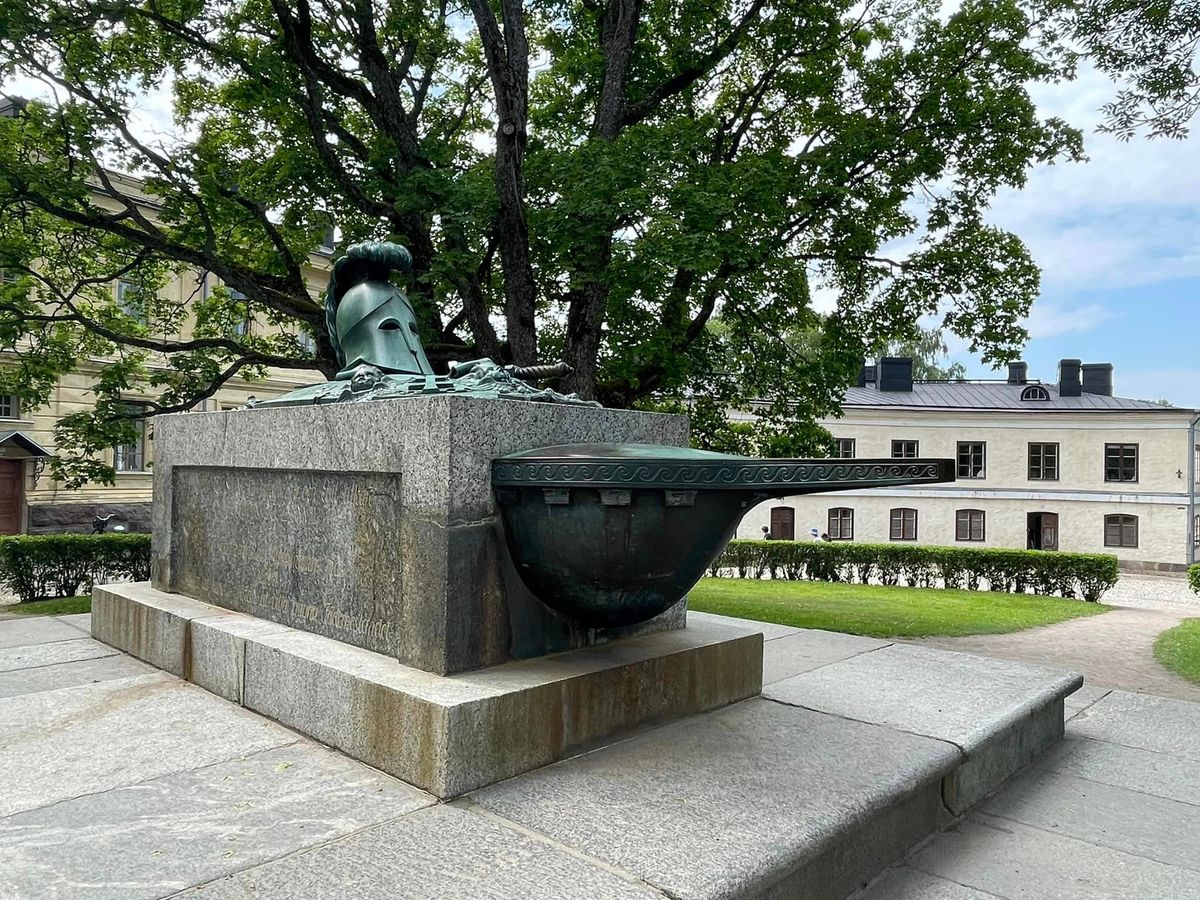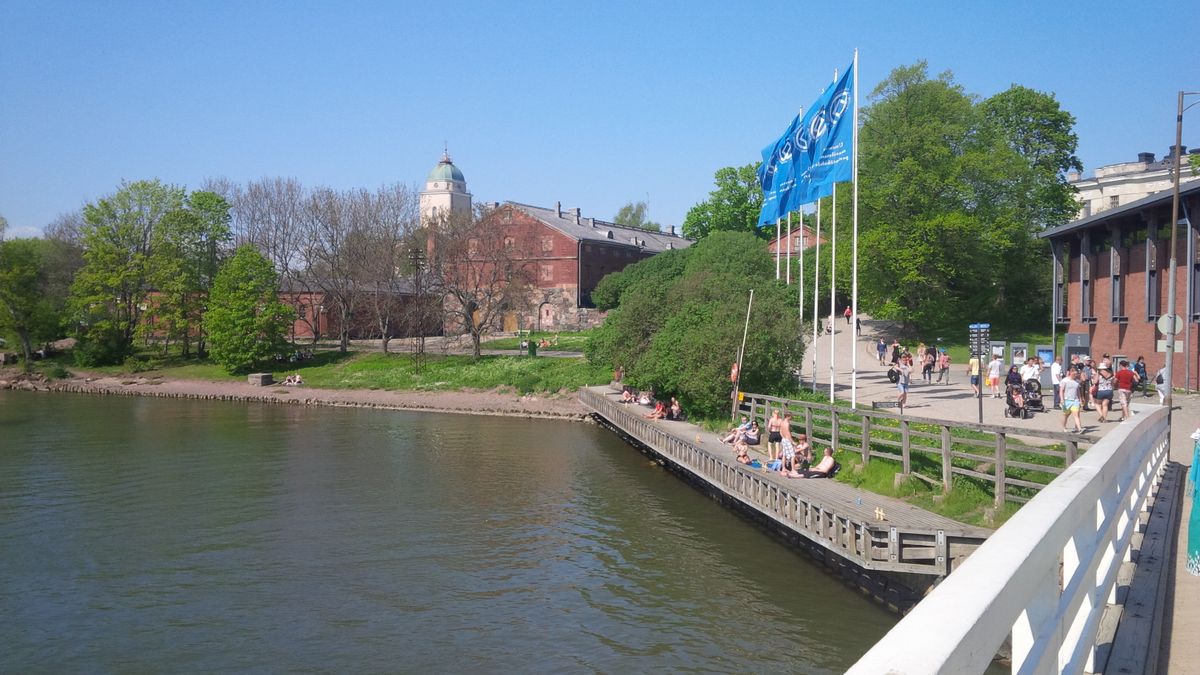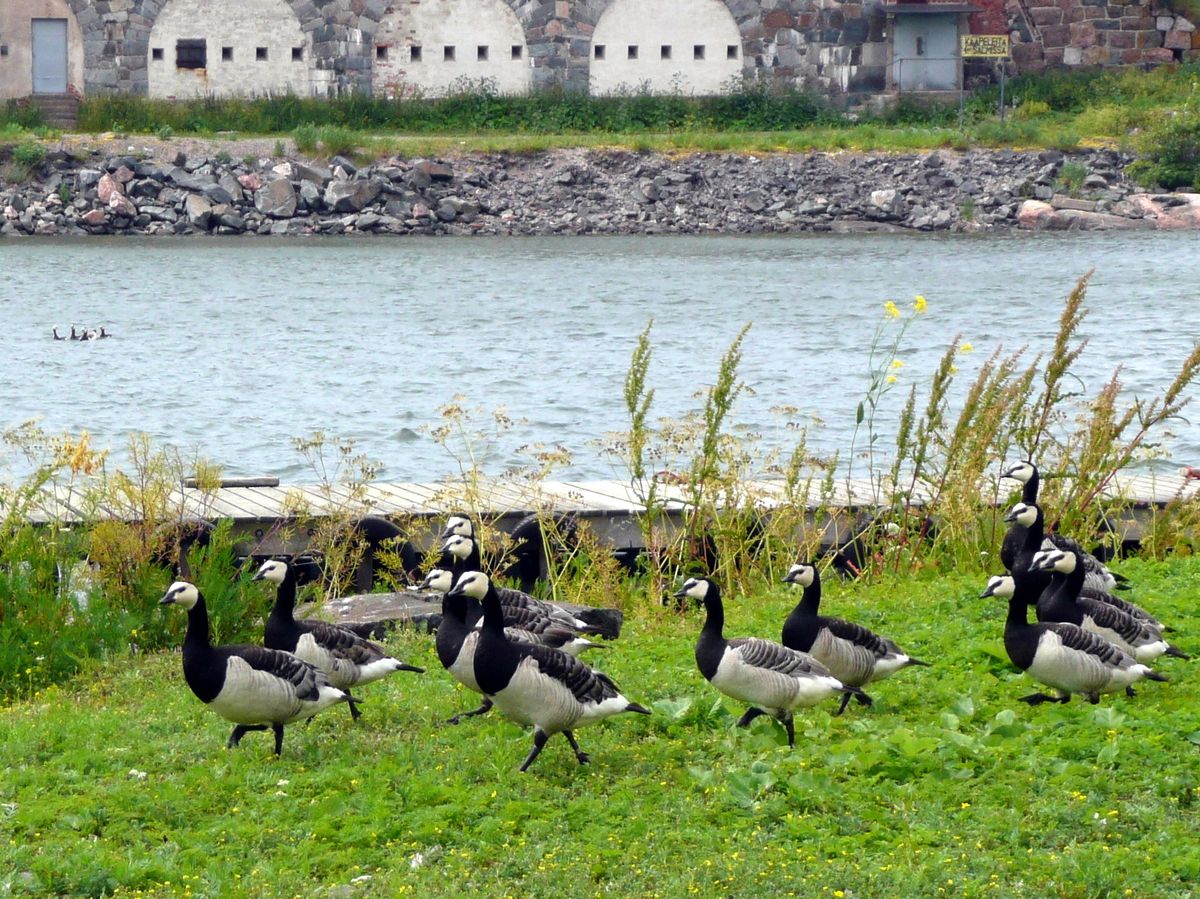About
There are thousands of fortresses across the world, but Suomenlinna, in Finland, is different than most in several ways. For one thing, it has defended not one but three different sovereign states since its construction in 1748: the Kingdom of Sweden, the Russian Empire, and most recently, the Republic of Finland.
The fascinating history of the Fortress of Suomenlinna, also known as Sveaborg, begins in the mid 18th century. Spread across six different islands, this unusually shaped naval fort was initially built by the Swedish on the Susiluodot islands near the Helsinki harbor, following a period of war between Sweden and Russia.
Work on the island fortress lasted about 40 years. At that time, the name Sveaborg was rendered into Viapori in Finnish. In 1808, during the Russo-Swedish war, the fortress fell to the Russians, and was under the rule of the Russian Imperial Government. Finland became an autonomous Grand Duchy of Finland the following year, but Viapori remained under Russia’s military rule.
The Russians expanded the base, and added barracks and an Orthodox church. However, over the course of the 19th century, the fortress declined in importance and was largely left to decay. During the Crimean war, it also suffered heavy bombardment. It was not repaired until the late 19th century.
Then, with revolutionary unrest brewing in Russia, a mutiny erupted at Viapori in 1906. It was brought under control and the fortress defended Russia during World War I.
At the end of the war, Finland achieved independence, and in 1918 Viapori was taken over by the newly founded Finnish government and renamed Suomenlinna (Castle of Finland). Under Finnish rule, renovations on the fortress began, and it was used to defend the country during WWII.
Since the 1960s, defense forces moved out and renovations began to make the fortress into a residential and tourist facility. In 1991, Suomenlinna was added to Unesco's World Heritage List. Suomenlinna is now home to approximately 800 residents and a workplace for about 400 people.
The Fortress of Suomenlinna is vast, with six kilometres of defensive walls stretching over six islands. The original fortress was built with local rock. Due to the varied landscape on which the fortress was built, it deviates from conventional fortification norms. Most of the buildings that date from the earlier Swedish and Russian periods are well preserved.
Related Tags
Know Before You Go
Suomenlinna is accessible only by water, from Helsinki. To find out about ferries, and opening hours in winter and summer for various businesses operating on Suomenlinna, please see their website for details at: https://www.suomenlinna.fi/en/
The site features walking trails, parks, many different restaurants and cafes, a playground, theatre, an art gallery, and six museums. Guided walking tours are available.
Community Contributors
Added By
Published
April 25, 2018





